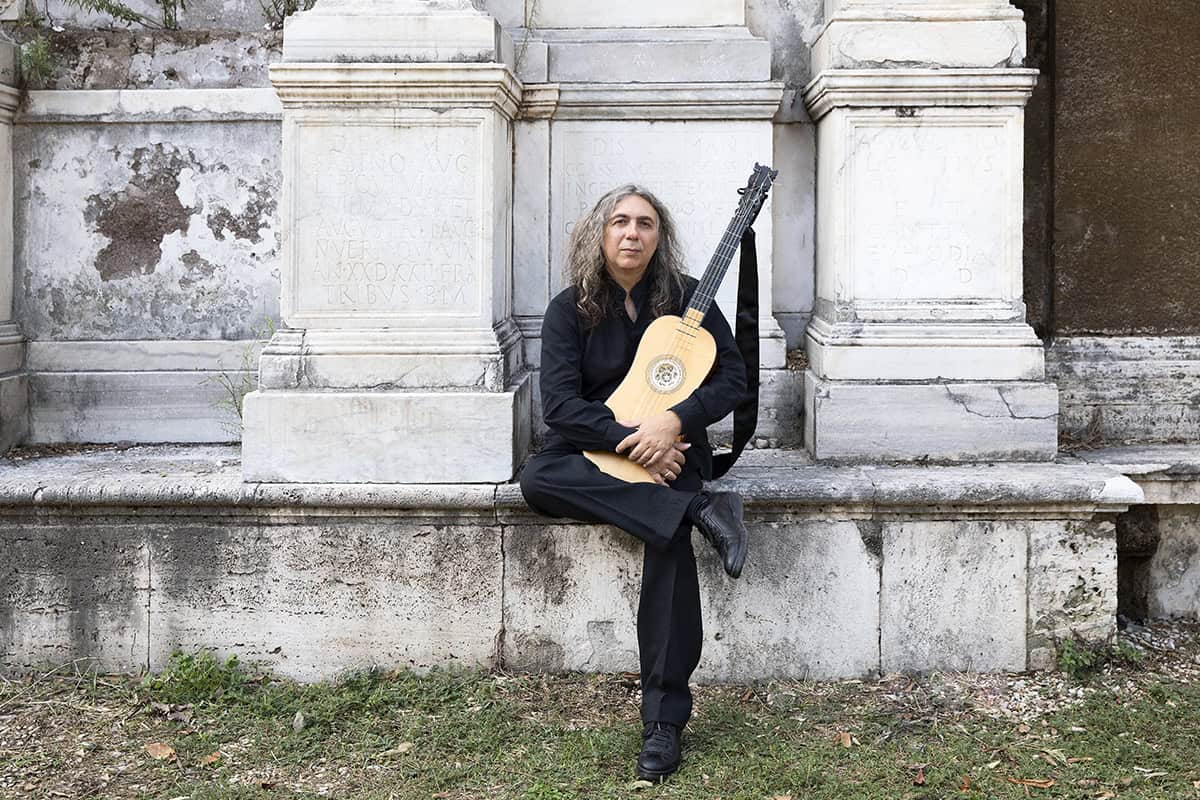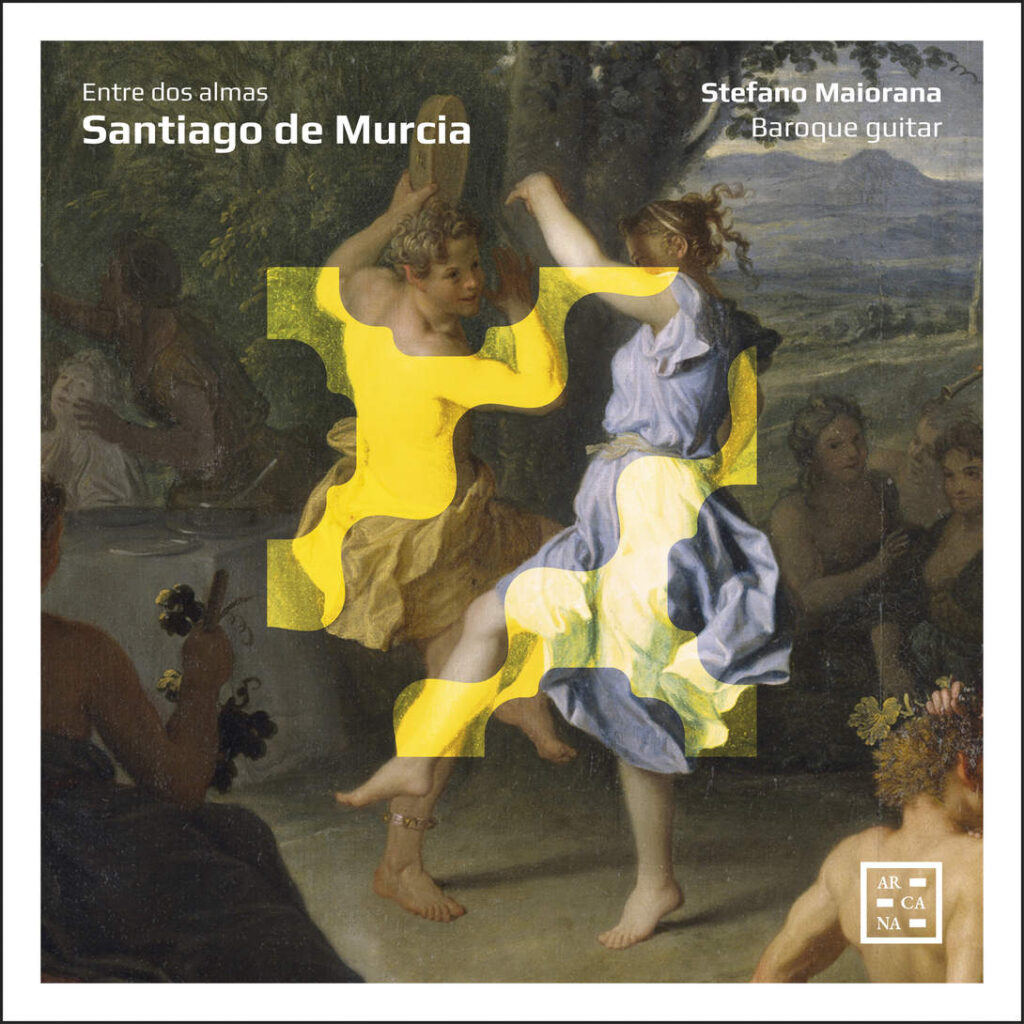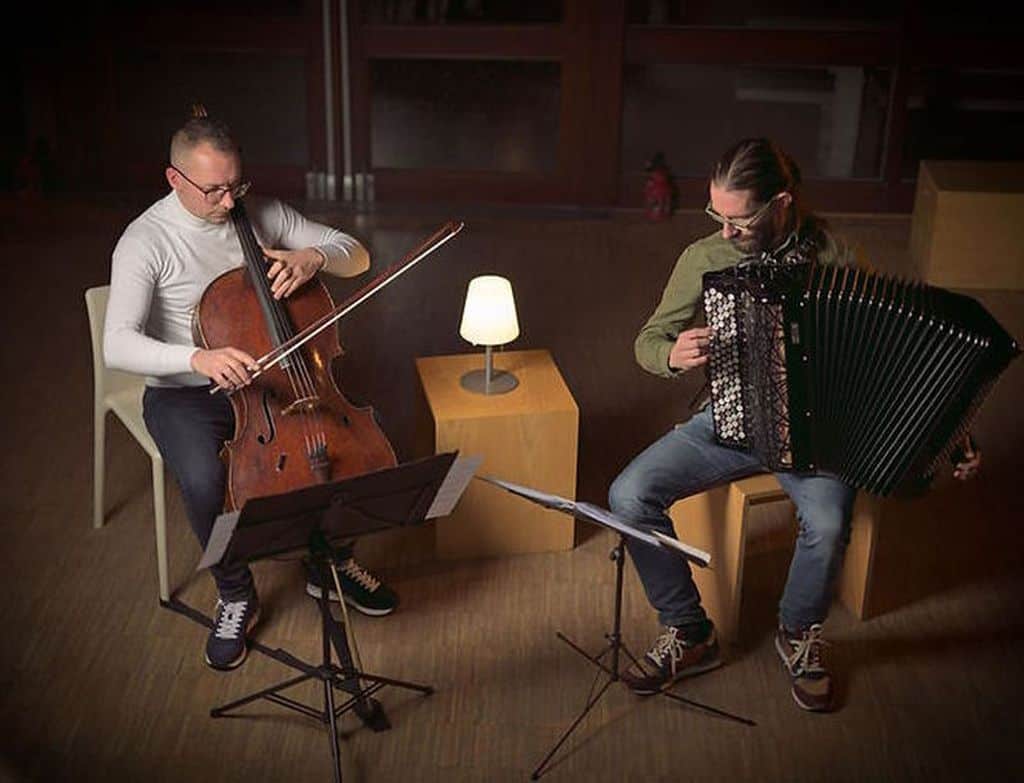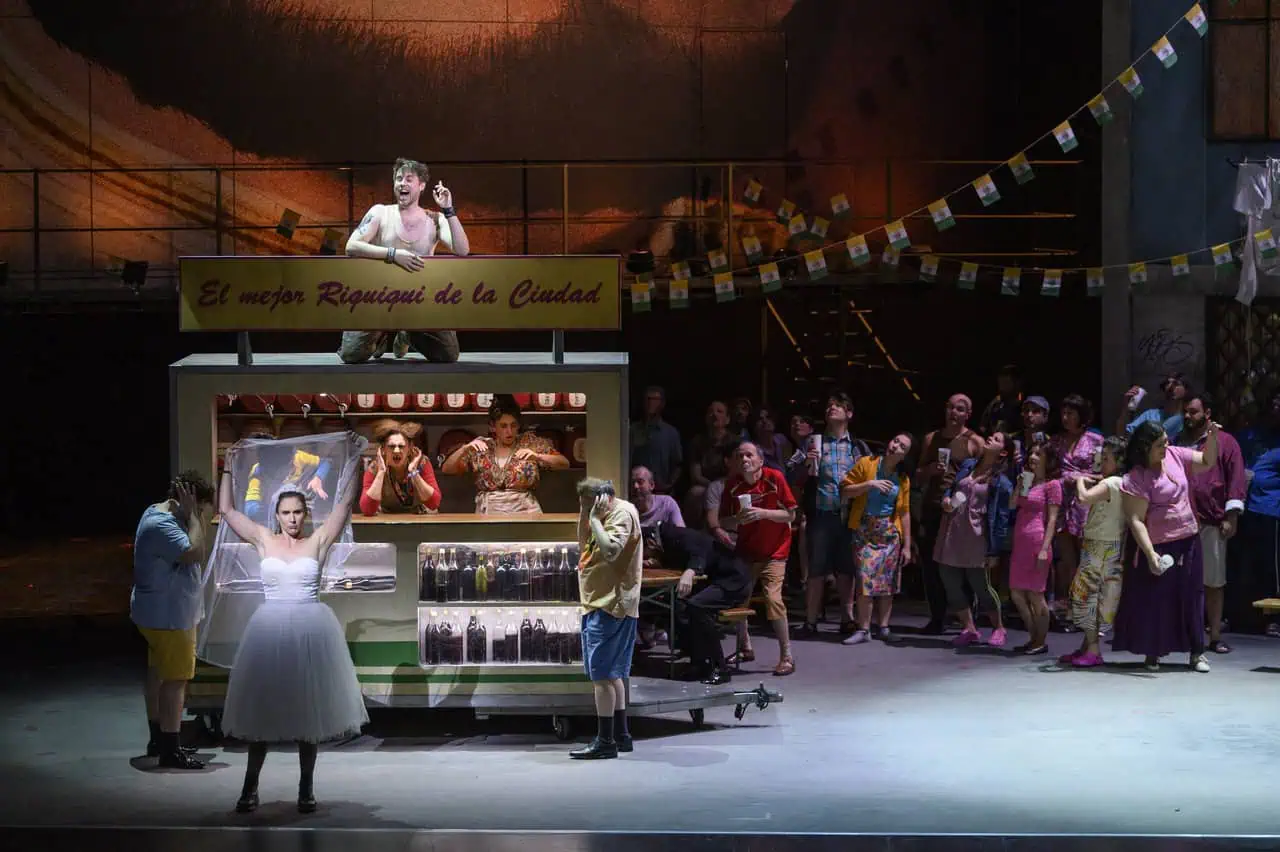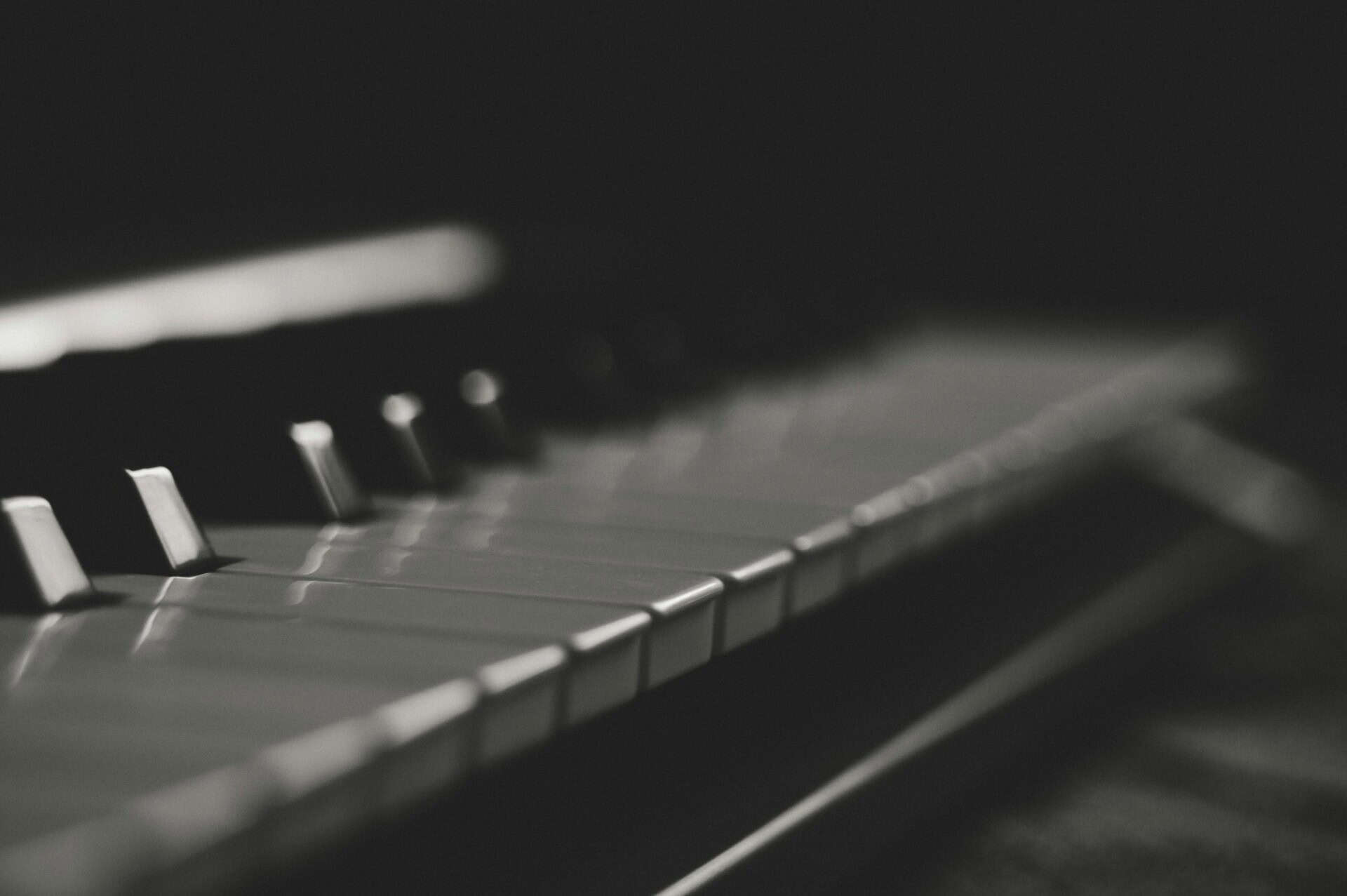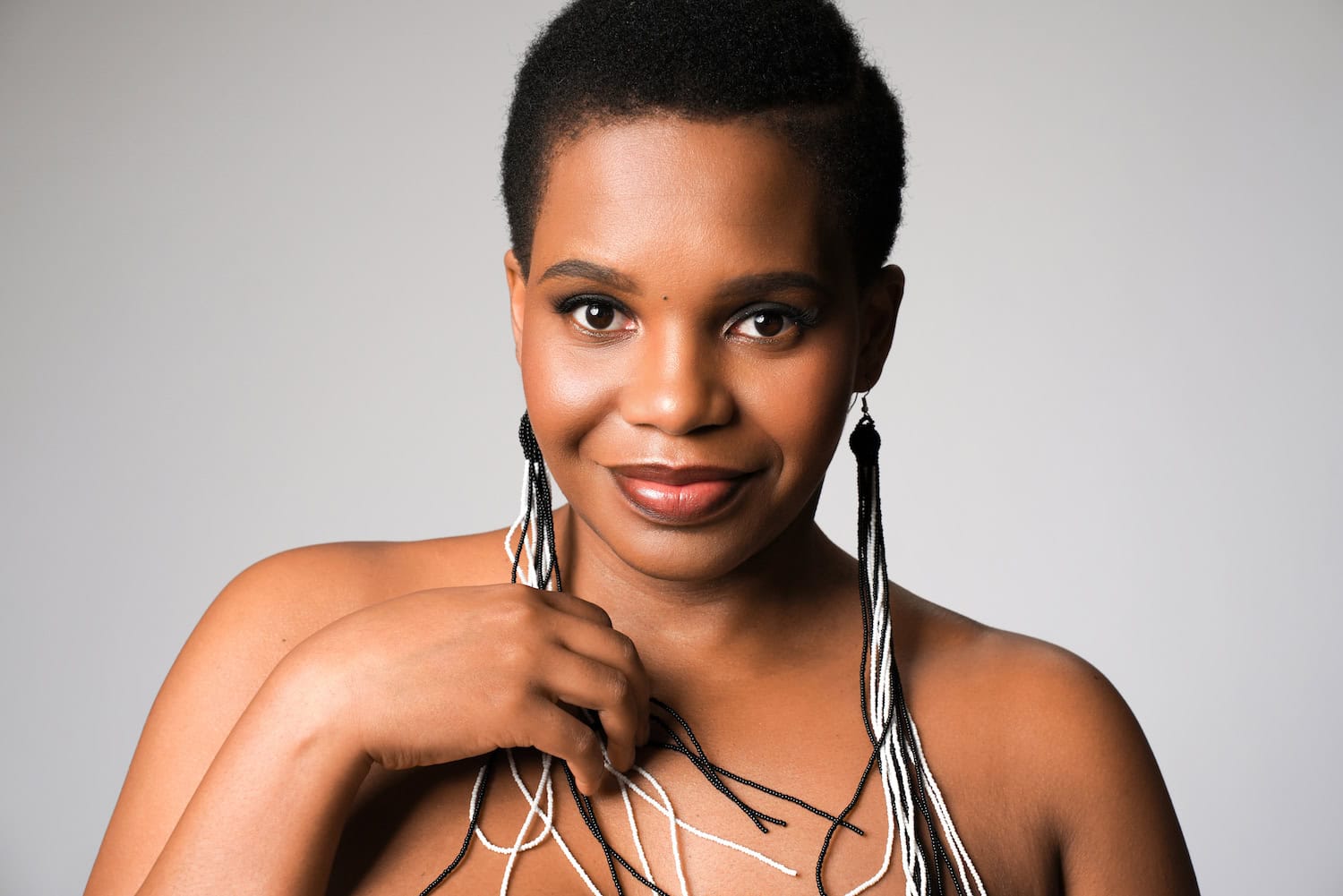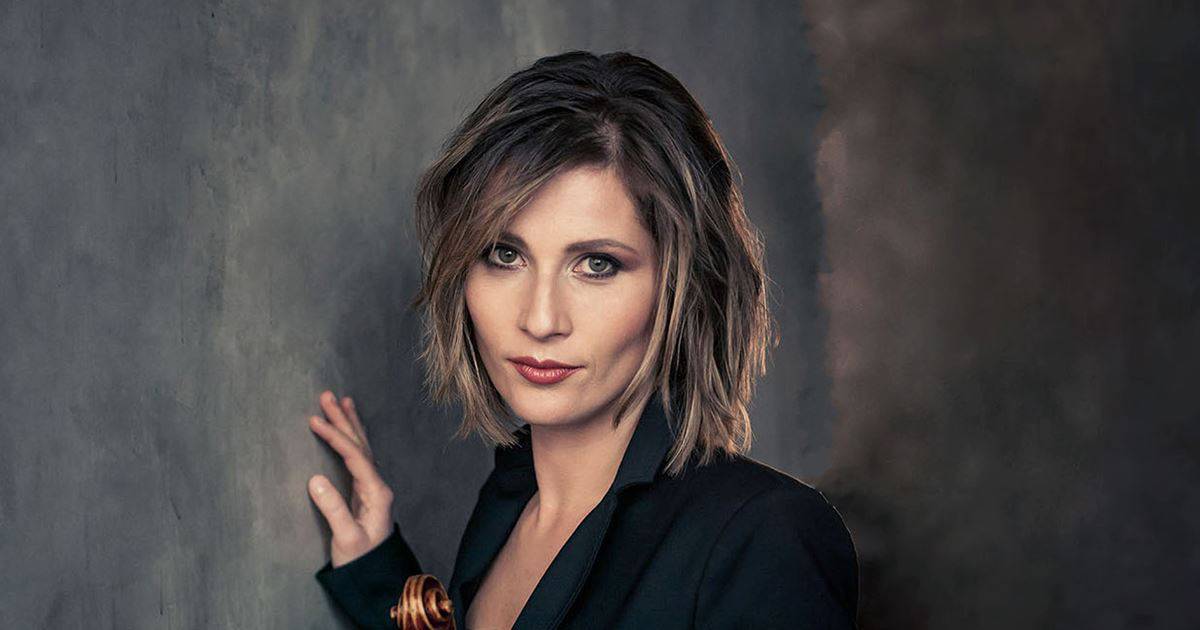Stefano Maiorana earned a Diploma in Classical Guitar at the Conservatorio S. Cecilia in Rome and later specialized with Bruno Battisti D’Amario. He studied lute and early plucked-string instruments alongside Andrea Damiani. Maiorana then took further advanced courses in early music at Fima (Urbino) under Paul O’Dette.
Maiorana performs both as a soloist as well as a basso continuo player. He is a professor of Lute Performance at the Istituto Superiore di Studi Musicali Briccialdi in Terni. In 2016, he recorded a first album Intavolatura (Fra Bernardo label) dedicated to the music by Kapsberger played on the theorbo. In 2021, Maiorana recorded Entre dos almas (Arcana-Outhere Music label) with music by Santiago de Murcia for baroque guitar.
You first started as a guitarist and later on you turned to the early plucked-string instruments. What brought out the interest in this early repertoire?
My first love was the electric guitar, I started with rock music when I was a teenager. I was fascinated by Jimmy Page, Jimi Hendrix and many other guitarists who were my heroes and I really enjoyed playing in a rock band. Then I heard the classical guitar for the first time. My father brought home a tape with music played by Segovia and that’s when I decided to seriously study this instrument. So I followed all the academic courses and obtained the diploma.
Then, at the end of my classical guitar studies two things happened that got me interested in early music and early plucked instruments. Firstly, I felt that the classical guitar repertoire was too limited for me. As a classical guitarist you often just play by yourself, and I missed the opportunity to play with other musicians. The sound of the classical guitar is so beautiful, but in my opinion the high quality repertoire is not as extensive as for other instruments. I was looking for something new.
Secondly, during that period, I had a friend who played in a baroque ensemble. I was sometimes present during the rehearsals and seeing them play together made me buy a baroque guitar so I could join in. It was a fun experience. I decided to make a new start and went back to study, but this time I focused on early music and early plucked instruments.
When you make the switch from classical guitar to early plucked instruments, a cliché image is that one must cut the nails of the right hand. Was that a difficult decision for you?
Absolutely not, because I decided to keep my nails to play. I think that there are a lot of misconceptions, even today, regarding the historical performance practice on early plucked instruments. We know for a fact that different techniques were used, especially for the right hand. For the baroque guitar and for the theorbo there are quite a lot of testimonies from that period that mention playing with long nails. For example, Alessandro Piccinini (1566-1638) talks about the shape of the nails; we know that Francesco Corbetta (ca.1615-1681) decided not to play a concert because he broke a nail… Aside from written testimonies, there are also images of Domenico Pellegrini (16??-ca.1682) who had very long nails on his right hand, and so on.
So, I decided to specialize in the repertoire from the end of the 16th century that seemed well suited for my right-hand technique. Of course, I had to deviate a bit from the classical guitar technique, but I am convinced that this repertoire is easier for guitarists who want to approach early plucked instruments.
Music from that time period that was written for one plucked instrument could easily be played by other plucked instruments because it was written in a non-idiomatic style. You play both the baroque guitar and the theorbo. How do you decided what music you play on what instrument?
Even if for a part of the repertoire for plucked instruments it is possible to choose different instruments to play the same music, the music for the baroque guitar and the theorbo is very idiomatic. So, there are no pieces written in tablatures that you can play on both instruments. You can make an arrangement from the original tablatures, but it is so difficult and sometimes downright impossible to recreate with other instruments some of the particular effects of both of these.
On your first cdCDIntavolatura you focused on the music of Kapsberger and played it on theorbo. On your second CD you played music of Santiago de Murcia on the baroque guitar. You bring these names that are generally not that well known. Do you think it’s important to reintroduce these names to a wider audience and not to stick to the known ones?
Kapsberger is one of the most important composers for the theorbo and the same goes for de Murcia and the baroque guitar. In comparison to other baroque composers such as Bach or Vivaldi, they are not famous. Nevertheless, I think we can still find something special in their music and maybe It’s also possible to find a new audience that can appreciate their pieces.
I personally do not like to listen to the same piece by a famous composer over and over again, even if you can always find something new in it. Usually I prefer to discover new repertoires or to approach a well-known repertoire in a non-conventional way. It poses a challenge, and I am sure there is an audience that is just as excited for new musical discoveries as I am.
Do you dive into the archives yourself? Or do you work together with musicologists?
Especially for early music, musicological research is really important because it helps us performers to understand the music on a deeper level. When I am exploring a new composer, I read a lot of musical research that is being published about him or the artistic period in general. Also for this CD for instance. I studied a lot of articles by musicologists, not only about the composers or the musical instruments, but also about the artistic and political contexts where the musicians lived and worked.
The music of Santiago de Murcia is quite diverse in different styles, musical language and influences. How did you as a performer experience his music and how does it resonate in your album?
The aim of the album was to investigate the relationship between the Italian and the Spanish styles; these are very different styles. Murcia’s music makes it interesting to do so because of multiple reasons. First of all, he is one of the last composers for baroque guitar and his musical language is advanced. Secondly, in his baroque guitar tablatures he tried to explore the limits of what was possible to do on the instrument. And lastly, he had a very European vision and integrated different traditions in his own music.
In the album this relationship is translated into the Corelli transcriptions and the more folkloric pieces like Canarios [track 10] or Jácaras [track 16]. In the Corelli transcriptions — that were originally written for violin and basso continuo, but here only played on the baroque guitar — you have to play the melody, the bass and continuo all together. To make this possible, Murcia overcame the limits of the instrument and also experimented what the instrument had to offer in the variations of all the dances.
If I must describe the composer and his music, I think he was a mature composer but at the same time he remained curious about the musical possibilities of the baroque guitar.
So when constructing the program, you really focused on the Italian and the Spanish styles. What are, for you the differences between these in the music of Santiago de Murcia?
In my opinion there is a big difference between these two styles, which is clear in the structure of the music. In the Spanish repertoire (in pieces such as Jácaras, Canarios, and Fandango) the music sometimes has an open and more free structure. In contrast, in the Italian repertoire, especially in the music by Corelli, the music is driven by a magnificent, fixed structure.
A second difference is that in the Italian repertoire the melody has a very prominent role, while in the Spanish folkloric repertoire there is a rhythmical component that gives the music its drive. It was interesting for me to investigate how the baroque guitar could express these two different styles. This album shows the possibilities of an instrument that can be both melodic and rhythmical. In pieces such as Tarantelas you can hear a prominent percussion effect, while in the slow movements by Corelli you can listen to the beauty of a melody.
In the Spanish repertoire I had also the freedom to experiment with ornamentations. I tried to look for different solutions and special effects, such as different kinds of golpe (a playing technique where one uses the fingers to tap on the soundboard of the instrument) or rasgueado techniques (fast, rhythmic movement of the right hand that is often used in flamenco as well) .
Your album Entre dos almas has received many good reviews. Are you planning on recording other of your concert programs in the future as well?
During these past years, I was lucky enough to experiment with new music written for period instruments discovering new possibilities especially for the theorbo. I have a duo with the classical guitarist Magnus Andersson who is one of the most important guitarists for contemporary music. He plays both the classical and electric guitar and I play the theorbo and the baroque guitar. Together with Magnus, we want to continue this collaboration and try more new pieces for this particular duo.
I also played as theorbist in a new piece by Claudio Ambrosini (°1948) Tancredi appresso il combattimento (2019) which is the sequel of Monteverdi’s Il combattimento di Tancredi e Clorinda (1624). It was an amazing experience to play such beautiful contemporary music.
I am working on a new album that will be released by Arcana during next year. It is something very special that reveals unexpected possibilities for the theorbo. Let me conclude by saying that I am so grateful to Outhere, and especially to the artistic director of the Arcana label Giovanni Sgaria who supports me in my artistic adventures.
Entre dos almas
- WHO: Stefano Maiorana [baroque guitar]
- WHAT: Arcana A484
- ORDER: JPC


